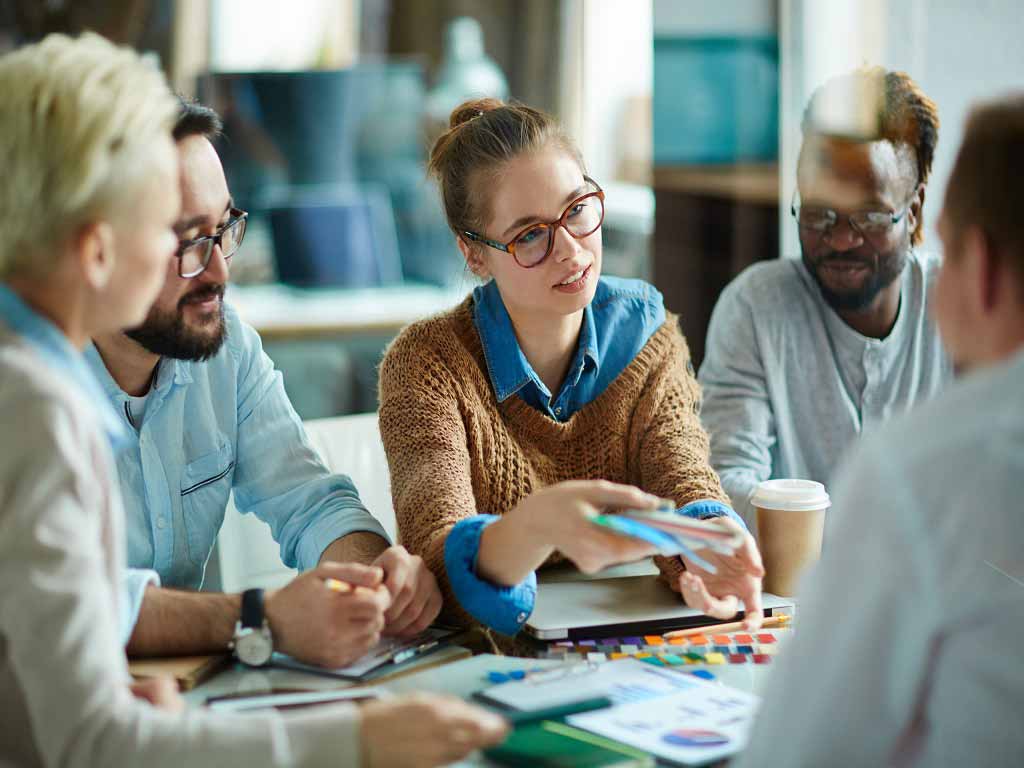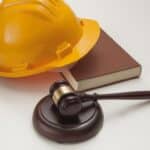Alcohol and Drugs Policy at Work: A Guide for Developing One
29 March, 2024

Substance misuse issues are a prevalent concern that can lead to several negative impacts on workplace safety. Hence, companies form a comprehensive alcohol and drug policy at work to address alcohol and drug-related problems. To develop one, it is crucial to conduct a risk assessment to identify the hazards present. Afterwards, they may form a development group to draft the policy. Once completed, they may send it for legal review before publishing the finalised document.
Employers must fulfil their obligation to maintain the safety of employees within company premises. A crucial part of doing so is preventing the influence of alcohol and drugs from affecting workers with safety-critical tasks. However, they must also comply with other legal considerations. They must also ensure testing and disciplinary actions are implemented fairly. This article will present information on the legal considerations when developing a policy, the components of one, and how to create one.
Legal Considerations for Developing an Alcohol and Drugs Policy at Work
There are several legal considerations when developing an alcohol and drug policy at work. Firstly, ensure the privacy of employees is well protected with strict procedures and control over the people with access to confidential information. This prevents privacy issues and negative impacts from leaks.
Secondly, companies must set clear guidelines regarding the consumption of alcohol and drugs and promptly inform the employees of the consequences of violating the policy. It is essential to have a fair and consistent approach when enforcing the policy to avoid discrimination claims or unfair dismissal claims. Consequences must apply to all workers who breach the policy, regardless of position or seniority.
Thirdly, the written policy should be accessible to all employees within the workplace so they have a working knowledge of the applicable rules on substance use within the company premises. It also allows them to provide informed consent for alcohol and drug testing. Lastly, consult law professionals for legal advice before implementing the policy to ensure compliance with the relevant acts and regulations.
Compliance with Regulations
- Companies must follow the applicable legislation and standards when developing the policy.
- One of their legal duties is to protect workplace safety and health by establishing safeguards and reducing work-related risks.
- Businesses in high-risk industries must also comply with regulations specific to their industry. One example is following the legal blood alcohol level limit for transportation companies.
- Failure to comply with regulations may result in legal liabilities and consequences.
- Violating legislation may also lead to damage to the reputation of the company, which discourages potential applicants and clients.
- Non-compliance may also lead to unsafe work practices, contributing to high safety risks and rates of incidents.

Components of an Alcohol and Drugs Policy at Work
An alcohol and drug policy at work should have the key components. One of which is the procedures for testing. This should include the type of tests they will use and the substances they may test for. They may also establish a complaints process to refute a potentially inaccurate result.
Moreover, they should establish disciplinary measures for breaches of the policy. It may include suspensions, mandatory rehabilitation programs, demotions, and dismissal from the position. Violations should correspond to appropriate disciplinary action. In addition, they may incorporate the instances when the company may conduct a test. This may include pre-employment, reasonable suspicion, post-accident, blanket, and random testing.
Furthermore, they should establish education programs and training for employees. These allow them further to understand the adverse impacts of substance abuse disorders. It can also enable them to comply with the policy better, which reduces the level of risk of alcohol and drug-related hazards on the company premises. They may also implement Employee Assistance Programs (EAPs) to help employees struggling with drug and alcohol addiction. It provides them access to rehabilitation services and other treatment resources.
Testing Procedures and Prohibited Substances
Explaining the testing process is a vital part of a comprehensive workplace policy for addressing substance misuse issues. Each type of test has different collection procedures. Breath, urine and saliva tests are more common for workplace drug and alcohol testing. However, companies may also utilise blood and hair tests if needed.
The testing process typically starts with sample collection. Afterwards, they may analyse the samples using kits or send them to a laboratory. They may trace ethanol and the common drugs of abuse, such as amphetamines, methamphetamines, cocaine, cannabis, benzodiazepines, and opiates. They may also use additional panels for other substances.

How to Develop an Alcohol and Drugs Policy at Work
Developing an alcohol and drug policy at work involves several steps. To start, they should conduct a risk assessment to identify potential hazards, including those associated with substance misuse. Recognising the risks to workplace health and safety can help them develop a comprehensive policy to create a safe and productive work environment.
Afterwards, they may establish a representative group to develop the policy. Members of this group should include employee representatives, safety representatives, and management representatives. The company should also provide a clear policy statement to guide the formation of the drug and alcohol policy. They may also reference a policy template during this process.
When the draft is completed, the employer may send it to their legal counsel for input and review. They may provide input on potential legal challenges and address them. Once the policy is finalised, the employers should effectively communicate the policy to all employees. Methods of doing this may include posting it on the company intranet and company noticeboard.
Consultation with Employees and Unions
Consulting employees and unions can be crucial for developing an effective policy for drug and alcohol consumption. Getting input from employees during the development phase can contribute to success because it gives them a sense of ownership over the policy. Input from employees can also help a drug and alcohol policy address alcohol and drug-related issues in the workplace culture.
Furthermore, consulting with unions can help ensure that the policy aligns with any existing employee agreements or regulations. Unions may have specific concerns or suggestions regarding drug and alcohol testing procedures, disciplinary measures, or rehabilitation programs.
Conclusion
An alcohol and drug policy at work is a document that outlines the stance of the company regarding alcohol and drug issues in the workplace. The typical components of one include the procedures for testing, reasons for screening, disciplinary measures, and education programs. To create the policy, the company may form a development group composed of various representatives. They may use the information from the risk assessment and guidance from a policy template to create a company-specific policy.
After creating the draft, they should send it to law professionals for review. They can ensure the policy complies with relevant legislation and standards. Lawyers can also identify potential legal challenges and address them. Moreover, consulting with employees can provide valuable insight that contributes to success. Once finalised, they must inform all workers of the policy and ensure observance. They may do this through education programs and by sending them the document.






























